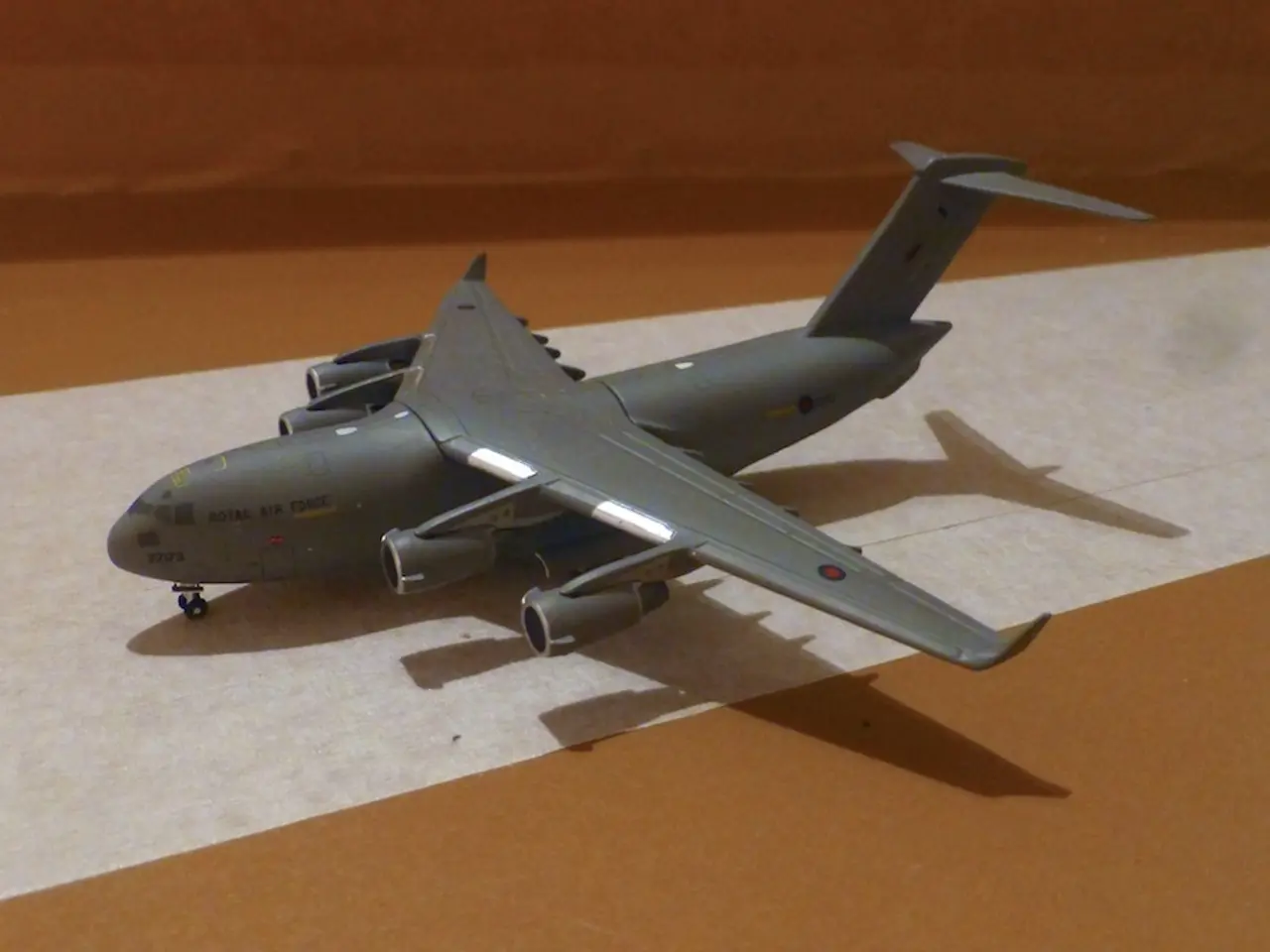Nature-inspired design propels miniature monorail drone to break 26-minute flight record.
In a groundbreaking development, researchers at the Singapore University of Technology and Design (SUTD) have unveiled the SG60 monocopter drone. This tiny drone, weighing just 32 grams, is lighter than a Snickers bar and has set a new record for flight endurance among small drones.
The SG60 drone is a successor to the SG50 Multi-Rotor Drone, which managed an impressive 50 minutes of sustained flight but was large, complex, and heavy. The team at SUTD shifted their focus to simpler designs, drawing inspiration from the samara, the winged seed of the maple tree.
The SG60 drone mimics the aerodynamic design of maple tree seeds, known as samaras. It achieves stable flight with a single rotor, spinning its winged body to generate lift through a large airfoil and stabilizing via passive dynamics. This design allows the drone to fly autonomously and hover for a record duration of 26 minutes, surpassing typical drones in its class in terms of flight time.
Key factors in its performance include a nature-inspired design, lightweight structure, single rotor efficiency, passive aerodynamic stability, and AI-assisted design optimization. Simulations and AI tools helped optimize the wing shape, angles, and weight distribution to maximize lift and efficiency.
The SG60 drone's design remains simple and efficient, without flapping parts or gearboxes. Its lightweight structure enhances endurance, while the single rotor efficiency allows it to fly longer than typical small drones with multiple rotors. The passive aerodynamic stability ensures smooth and stable flight without requiring complex control mechanisms or flapping parts.
Future work will focus on custom parts to boost the drone's performance, aiming to increase payload capacity and flight time without significantly increasing weight. One potential use for the SG60 drone is as a lightweight, reusable radiosonde for weather monitoring.
The study on the SG60 drone has been published in the journal IEEE Robotics and Automation Letters. The development of the SG60 drone was led by Foong Shaohui, PhD, an associate professor at SUTD.
With its innovative design and impressive flight time, the SG60 monocopter drone is set to revolutionize the field of small drones, offering a lightweight, efficient, and aerodynamically optimized solution for various applications.
- The SG60 monocopter drone, a product of innovation and science, demonstrates the potential of robotics for automation, as it mimics the samara and achieves stable flight with a single rotor.
- The research on the SG60 drone emphasizes the integration of AI tools in science and technology, with AI-assisted design optimization playing a significant role in optimizing the wing shape and weight distribution.
- Building upon its success, future work on the SG60 drone aims to leverage technology and science to further enhance its performance, making it suitable for various applications, such as weather monitoring.




